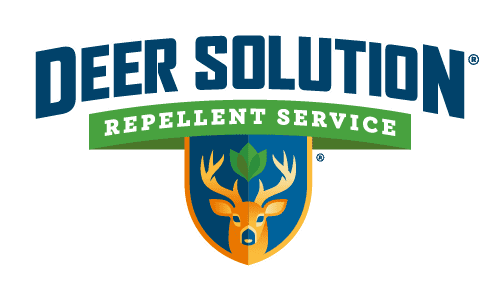In Burlington County, NJ, the increasing deer population is causing significant ecological and agricultural challenges. The overpopulation leads to ecological imbalances, affecting forest habitats and biodiversity.
This situation poses a threat to local agriculture, with deer causing extensive damage to crops and plants. Managing the deer population has become a pressing issue, with efforts focusing on balancing ecological conservation and agricultural productivity.
The situation highlights the complex task of managing wildlife in densely populated regions and the need for sustainable solutions that consider both nature and human activities.
Ecological and Agricultural Concerns
The rising deer population in Burlington County leads to ecological imbalances, such as damage to forest habitats and loss of biodiversity. Agricultural areas suffer significantly, with deer causing substantial damage to crops and plants.
Protecting shrubs and other vegetation from deer has become a crucial task for local farmers.
Balancing Deer Management
Efforts to manage the deer population have stirred diverse opinions. A balanced approach is sought to maintain a healthy deer population while minimizing impacts on farms, forests, and public safety.
The debate underscores the complexity of managing wildlife populations in areas where human activities and nature intersect.
Agricultural Impact
Agricultural areas face significant challenges, with deer causing extensive damage to crops and plants. The community is tasked with finding solutions to protect shrubs and other vegetation from deer, a vital aspect of maintaining agricultural productivity.
Managing the deer population has become a complex issue, requiring a balance between ecological conservation and agricultural needs. The situation in Burlington County underscores the broader challenges of wildlife management in areas where human activities closely intersect with nature.
Burlington County’s situation reflects broader wildlife management challenges. Balancing ecological needs with agricultural and human safety is key. The county serves as a case study in managing wildlife in densely populated regions.










